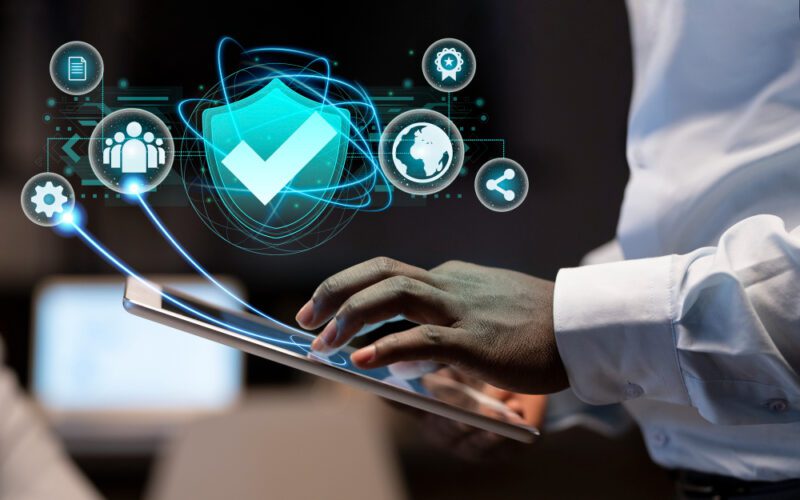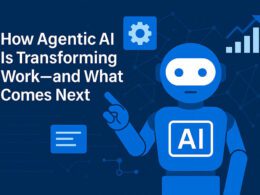What Makes AI a Cybersecurity Game-Changer?
AI cybersecurity is rapidly reshaping how we defend digital infrastructure. Machine learning now enables systems to detect anomalies, block phishing emails, and identify zero-day exploits faster than human teams ever could. According to a 2024 report from MIT Technology Review, AI-driven security tools can reduce breach detection times by as much as 90%. As a result, these tools allow organizations to respond in real time and adapt to evolving threats more effectively.
AI Cybersecurity: Modern Shield in the Digital Age
To understand its full potential, it helps to break down how AI cybersecurity reinforces digital defense:
First, real-time threat detection uses behavioral analytics to flag anomalies—such as an employee downloading gigabytes of data after hours.
Second, automated incident response enables AI to act immediately. It can isolate affected endpoints, shut down malicious processes, or roll back unauthorized changes.
Third, predictive security takes things a step further. By analyzing historical attack data, AI systems can anticipate future vulnerabilities and initiate preventive action.
Consequently, companies are integrating tools like Microsoft Defender XDR, CrowdStrike Falcon, and OpenAI’s Guardrails into their infrastructure. These platforms exemplify how AI-powered protection is becoming the norm.
The Dark Side: AI as a Cyber Weapon
However, AI cybersecurity is not without risks. While defenders use AI to prevent attacks, threat actors also use it to break through.
For instance, AI-generated polymorphic malware can constantly alter its code to avoid detection by traditional antivirus software. Similarly, deepfake phishing campaigns now use voice cloning or video spoofing to impersonate executives and deceive employees.
Moreover, attackers are automating their breach strategies. AI can scan networks, identify vulnerabilities, and tailor exploits faster than any human hacker. According to Check Point Research, cybercriminals have already begun using large language models to craft more convincing phishing emails.
As the technology evolves, so do the methods used to exploit it.
Finding Balance: Defense Meets Offense
So, how can organizations maintain the upper hand?
To start, adopting AI-driven defense tools is essential. These include anomaly detection, behavioral analytics, and extended detection and response (XDR) platforms.
Next, ethical red-teaming can help. By simulating AI-enabled attacks, security teams can identify weak spots and patch them before real attackers strike.
In addition, it’s important to maintain a balance between automation and human oversight. While AI excels at pattern recognition, human analysts are better at interpreting nuance and making judgment calls.
Finally, transparency matters. AI actions should be logged, models audited regularly, and biases mitigated. These steps build trust and reduce the risk of unintended outcomes.
Real‑World Examples: Success & Backlash
Real-world examples show both the promise and peril of AI cybersecurity. On one hand, Google Cloud Chronicle uses AI to link security events and uncover hidden threats across enterprise environments. On the other hand, the DarkSide ransomware gang in 2021 allegedly used AI to optimize attack timing and distribution—making their breach harder to detect and stop. These examples illustrate that AI can just as easily empower attackers as defenders, depending on who wields it.
Strategies for a Safer Future
Moving forward, the solution lies in proactive, collaborative, and transparent use of AI.
First, partner with vendors offering explainable AI features, so you understand how decisions are made.
Second, support open-source intelligence efforts such as MISP, which enables organizations to share threat data and improve collective defense.
Third, use public frameworks like NIST’s AI Risk Management Framework as a guide for governance and compliance.
Ultimately, AI cybersecurity must be wielded responsibly. The goal isn’t just to automate defense—it’s to make defense smarter, faster, and fairer. If balanced properly, AI can be the ultimate shield—not a double-edged sword.









